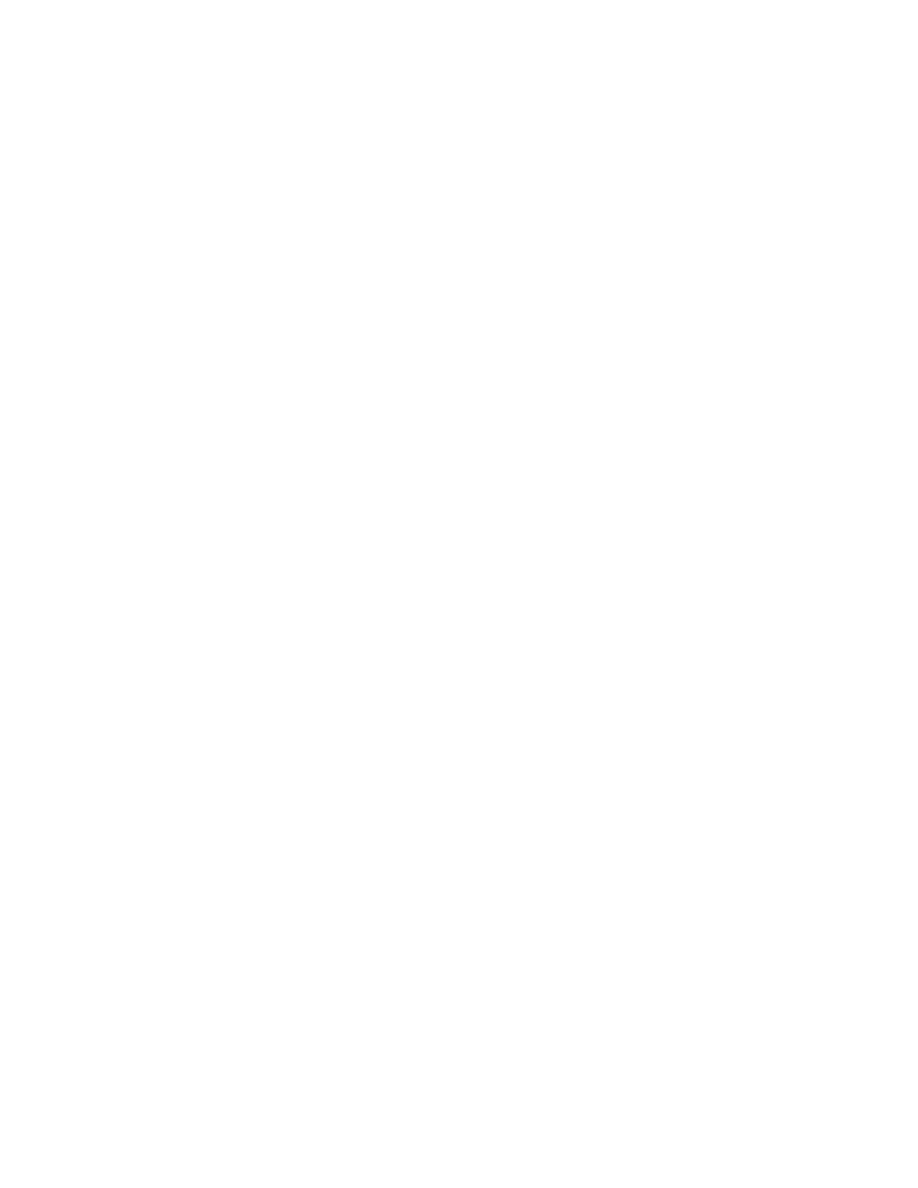
AIM
4/20/23
emergency evacuation are authorized to transit U.S. territorial airspace within 50 NM of their respective borders
with the U.S., with or without an active flight plan, provided they have received and continuously transmit an
ATC assigned transponder code. State aircraft operations on behalf of the governments of Canada and Mexico
conducted under this subparagraph 5
8h are not required to obtain a diplomatic clearance from the U.S. State
Department.
5
−
6
−
9. FAA/TSA Airspace Waivers
a.
Operators may submit requests for FAA/TSA airspace waivers at https://waivers.faa.gov by selecting
“international” as the waiver type.
b.
Information regarding FAA/TSA airspace waivers can be found at:
aviation or can be obtained by contacting TSA at (571) 227
−
2071.
c.
All existing FAA/TSA waivers issued under previous FDC NOTAMS remain valid until the expiration date
specified in the waiver, unless sooner superseded or rescinded.
5
−
6
−
10. TSA Aviation Security Programs
a.
Applicants for U.S. air operator certificates will be provided contact information for TSA aviation security
programs by the U.S. Department of Transportation during the certification process.
b.
For information about applicable TSA security programs:
1.
U.S. air carriers and commercial operators must contact their TSA Principal Security Specialist (PSS);
and
2.
Foreign air carriers must contact their International Industry Representative (IIR).
5
−
6
−
11. FAA Flight Routing Authorizations
a.
Information about FAA routing authorizations for U.S. State Department
−
designated special interest
country flight operations to or from, within, or transiting U.S. territorial airspace is available by country at:
1.
FAA website http://www.faa.gov/air_traffic/publications/us_restrictions/; or
2.
Phone by contacting the FAA System Operations Support Center (SOSC) at (202) 267
−
8115.
b.
Special Interest Countries. The U.S. State Department
−
designated special interest countries are Cuba, Iran,
The Democratic People’s Republic of Korea (North Korea), The People’s Republic of China, The Russian
Federation, Sudan, and Syria.
NOTE
−
FAA flight routing authorizations are not required for aircraft registered in Hong Kong, Taiwan, or Macau.
c.
Aircraft operating with the ICAO 3LD assigned to a company or entity from a country listed as a State
Department
−
designated special interest country and holding valid FAA Part 129 operations specifications do not
require FAA flight routing authorization.
d.
FAA routing authorizations will only be granted for IFR operations. VFR and DVFR flight operations are
prohibited for any aircraft requiring an FAA routing authorization.
5
−
6
−
12. Emergency Security Control of Air Traffic (ESCAT)
a.
During defense emergency or air defense emergency conditions, additional special security instructions
may be issued in accordance with 32 CFR Part 245,
Plan for the Emergency Security Control of Air Traffic
(ESCAT)
.
b.
Under the provisions of 32 CFR Part 245, the military will direct the action to be taken in regard to landing,
grounding, diversion, or dispersal of aircraft in the defense of the U.S. during emergency conditions.
5
−
6
−
8
National Security and Interception Procedures